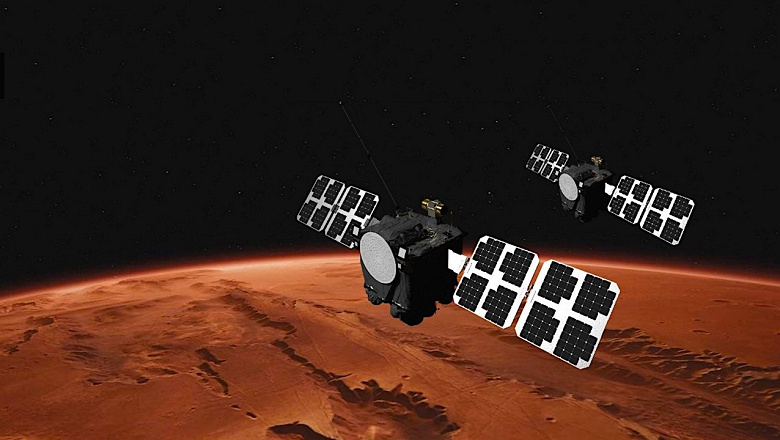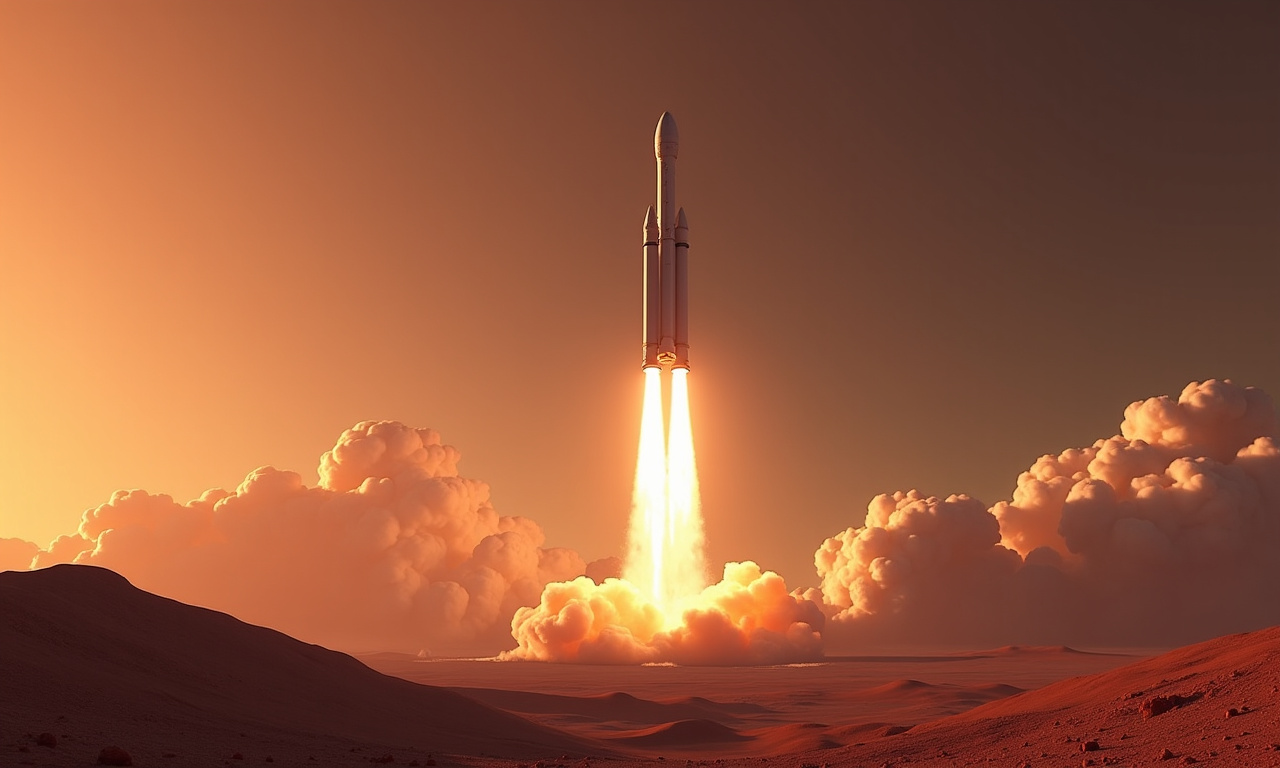Introduction
NASA, in collaboration with the University of California, Berkeley (UC Berkeley), is poised to embark on a groundbreaking space exploration venture with the ESCAPADE mission. Scheduled for launch on November 9 from Cape Canaveral, Florida, via Blue Origin’s New Glenn rocket, this mission marks the first-ever deployment of twin identical satellites to another planet for synchronized observation and measurement.
Mission Objectives and Significance
Designed and overseen by UC Berkeley’s Space Sciences Laboratory and built by Rocket Lab, the satellites, aptly named Blue and Gold, aim to deliver a comprehensive three-dimensional, “stereoscopic” view of Mars’ magnetic fields, upper atmosphere, and ionosphere. This mission forms a pivotal part of ongoing efforts to understand Mars’ atmospheric composition and dynamics, offering insights into the planet’s historical climate and environmental conditions-crucial knowledge for the planning of future human expeditions.
Technical Insights and Challenges
Unlike Earth, Mars lacks a global magnetic field and dense atmosphere, making it vulnerable to solar and cosmic radiation. The ESCAPADE mission seeks to address these challenges by cataloging how solar winds interact with Mars’ local magnetic anomalies and its thin atmosphere. The recent observation by the Mars rover Curiosity, which recorded radiation equivalent to 100 days of Mars’ usual atmospheric levels during a solar storm, underscores the urgency of this mission.
Innovative Flight Path
One of the mission’s unique features is its novel flight trajectory. Rather than following the conventional launch window to Mars every 26 months, ESCAPADE will first travel to the Sun-Earth Lagrange point. After maintaining an elongated orbit for a year, the satellites will perform a gravity-assist maneuver near Earth in November 2026, arriving at Mars in 2027.
This innovative approach, highlighted by Jeffrey Parker from Advanced Space LLC, advocates a shift in interplanetary logistics, demonstrating the possibility of launching missions irrespective of traditional planetary alignment and potentially revolutionizing future mission scheduling.
Scientific Collaboration and Heritage
Leveraging nearly six decades of Mars research experience, UC Berkeley brings a robust legacy of space exploration to ESCAPADE. With instrumentation heritage from projects like Mars Global Surveyor, MAVEN, and the Emirates Mars Mission, this mission aims to extend existing data through synchronized dual-satellite observations, offering real-time insights into atmospheric conditions and magnetic anomalies on Mars.
The mission’s cost-effective delivery to its initial launch site was achieved at a budget of $49 million, reflecting a strategic partnership with commercial entities, setting a new standard for cost efficiency in interplanetary missions.
The anticipated seven-month synchronization period post-arrival will prepare Blue and Gold for their main scientific phase, contributing to the progressive exploration of the Red Planet.

Illustration: NASA

